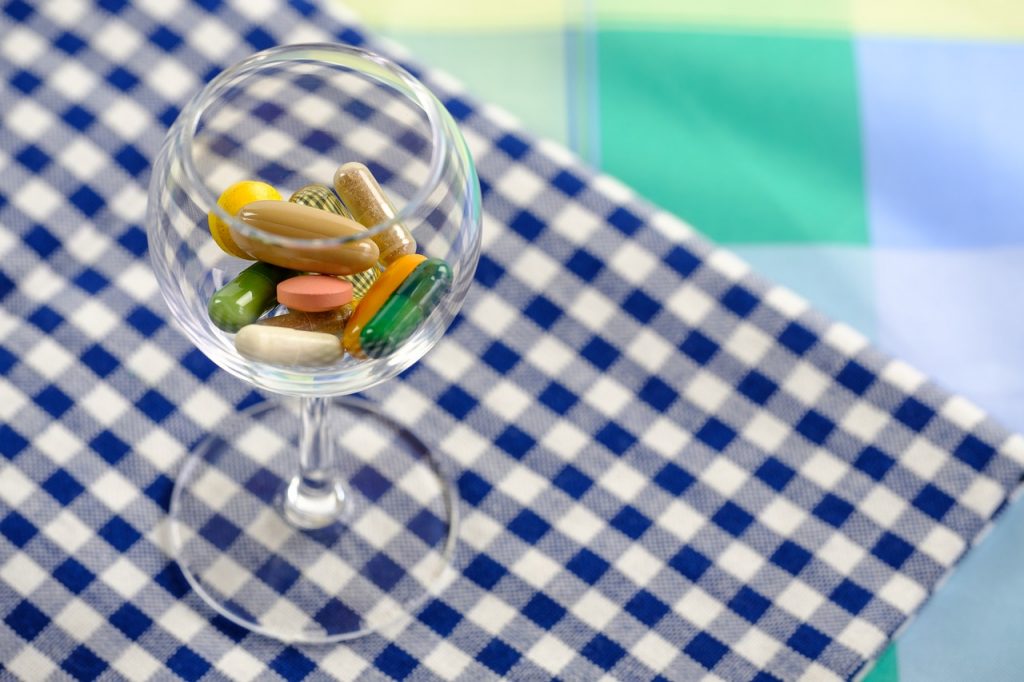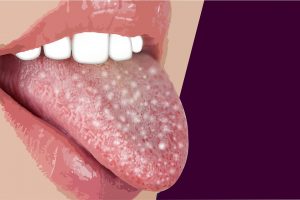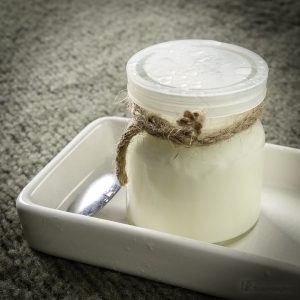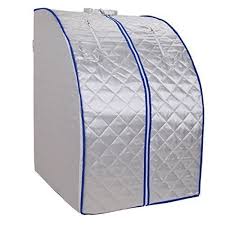SUPPLEMENTS FOR LYME DISEASE
What are the main supplements for Lyme Disease?
Vitamin deficiencies are common among those suffering from Lyme Disease and its co-infections. The following list of supplements for Lyme Disease help lymies get better and overcome many of their symptoms. Supplements, vitamins, exercise and the Lyme disease diet enable them to have a “normal life”.
Alpha lipoic acid
It does wonders for the liver, helping it detox. It facilitates the entry of C0Q-10 which plays a vital role on your energy levels. Recommended dose: 300mg once or twice a day.
Co-Q10 (ubiquinone)
The human body produces its own Co-Q10 but in a very small quantity and usually only when stimulated by aggressive exercise. Since most of the Lyme patient are not in condition to follow a rigurous exercising routine, their bodies are deficient in Co-Q10. Unfortunately these deficiencies lead to a poor heart function, lower or limited stamina, gum disease and a close zero resistance to infections.
**Note: This supplement can be taken for longer periods of time. You can have it until your symptoms will improve and you will be able to exercise on a regular basis.**
**Additional note: It is not recommended to take this supplement while being administered Mepron or Malarone!**
Magnesium
There is no surprise that Lyme literate doctors recommend their patients to take Magnesium; it decreases the intensity and frequency of the following symptoms: tremors, twitches, cramps, muscle soreness, heart skips, weakness.
Keep in mind that all supplements should not be taken in the same time with your antibiotics! In case you are on antibiotic treatment, you will need to take your supplements at lunch and bedtime, if you take the antibiotics at breakfast and dinner.
Avoid buying Magnesium Calcium tablets or similar combinations as they are not absorbed by the body!
There are several brands that are good, among which Magnesium Malate, Magnesium Potassium Aspartate. One of best Magnesium supplements is Mag-tab SR-made. You may know it as “Slow Mag”, magnesium L-lactate dehydrate, made by Niche Pharmaceuticals.
You can have one tab two times per day. Although a higher intake of Magnesium can be beneficial, it does cause diarrhea as side effect.
Vitamin B
It had been proven by clinical studies that this supplement helps improve or even clear neurological symptoms. Patients infected with Borrelia have experienced a decrease of their neurological symptoms after taking 50-100 mg B-complex capsule on a daily basis.
In case of a sever neuropathy, it is recommended an additional dose of 50 mg of B6.
Multi-vitamin supplement
Multi-vitamins, mineral supplements and anti acids should be taken once a day, but not with antibiotics. Otherwise the supplement will bind to the antibiotic and prevent its absorption.
Essential Fatty Oils
Fatty acids are divided in two broad classes: those derived from plants and those obtained from fish or krill. A regular intake of these supplements can improve symptoms such as:
- fatigue
- aches
- dizziness
- joint pain
- weakness
- vertigo
- memory
- concentration
- depression.
Among the plant oils, you can opt for Borage Oil, Evening Primrose or Black Currant Seed Oil which are effective against inflammation due to their higher amount of EPA.
You can start with two capsules daily with food for three or four months and then reduces the dose to one capsule twice a day. You can also chose a refrigerated mixture of omega oils from your closest health food store and take 1-2 tbs daily.
Omega 3
Omega 3(fish, krill) should be taken twice per day for three or four months, with meals. Then the dose should be decreased to one pill twice a day.
Ideally it would be to buy a supplement free of any heavy-metals, organic toxins. Make a habit of reading the labels and look for a brand made organically certified. Usually these are under liquid form and they have a higher potency than capsules.
**Please consult your physician before trying any new vitamin or supplement as I am not providing medical advice. I only share my experience!**
This post contains affiliate links and I may receive commissions for the purchase made through this link at no extra cost to you.





